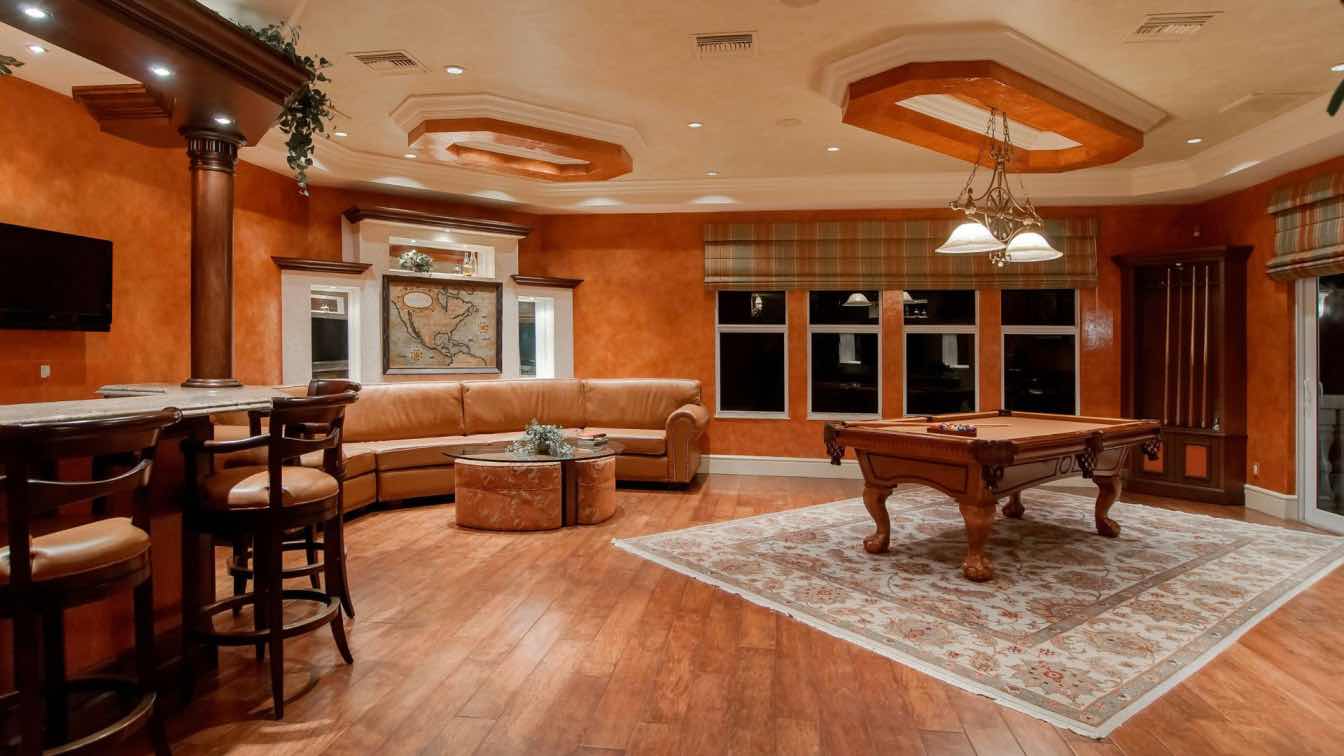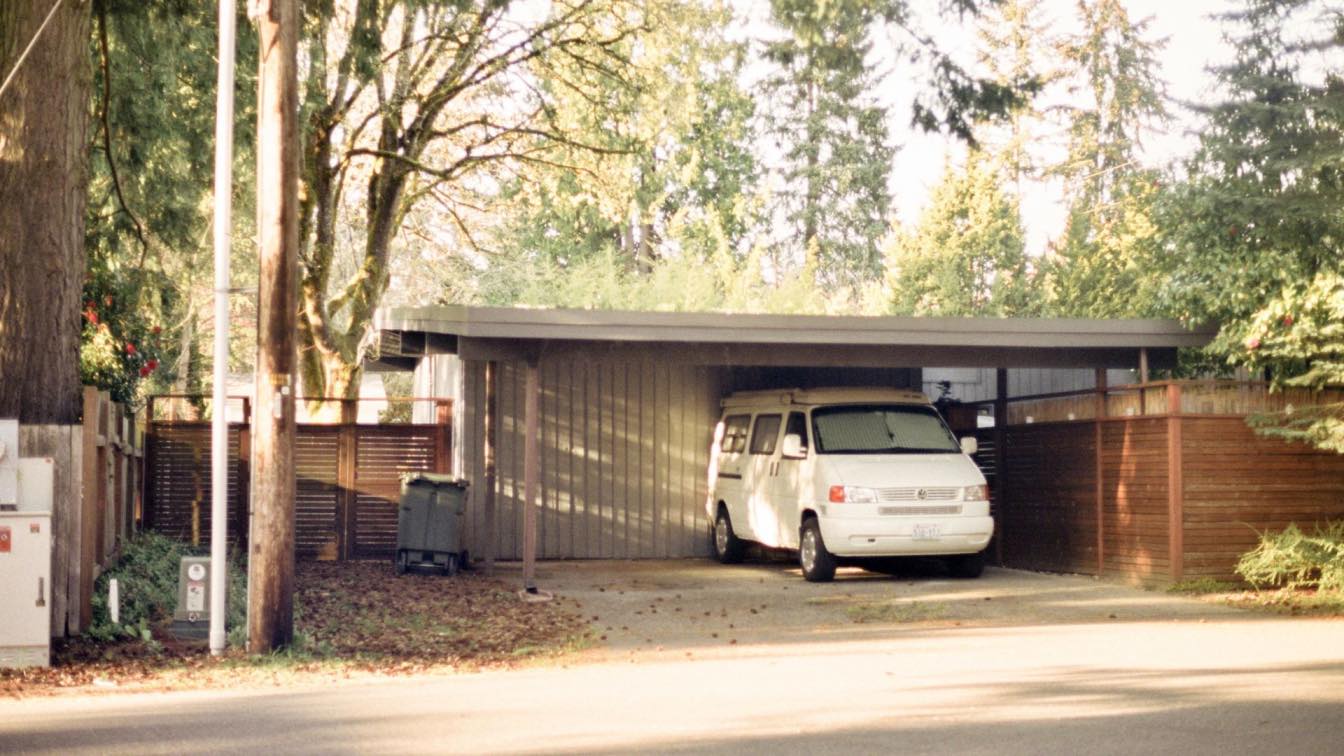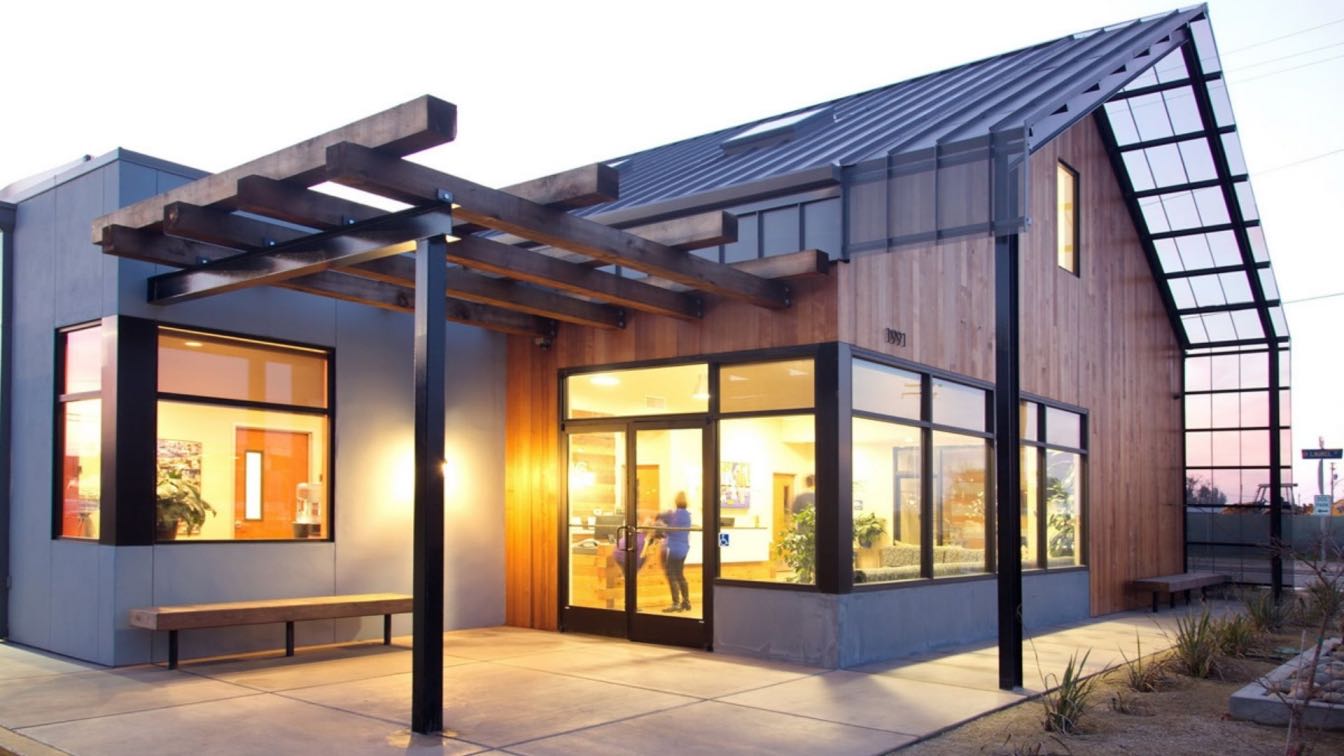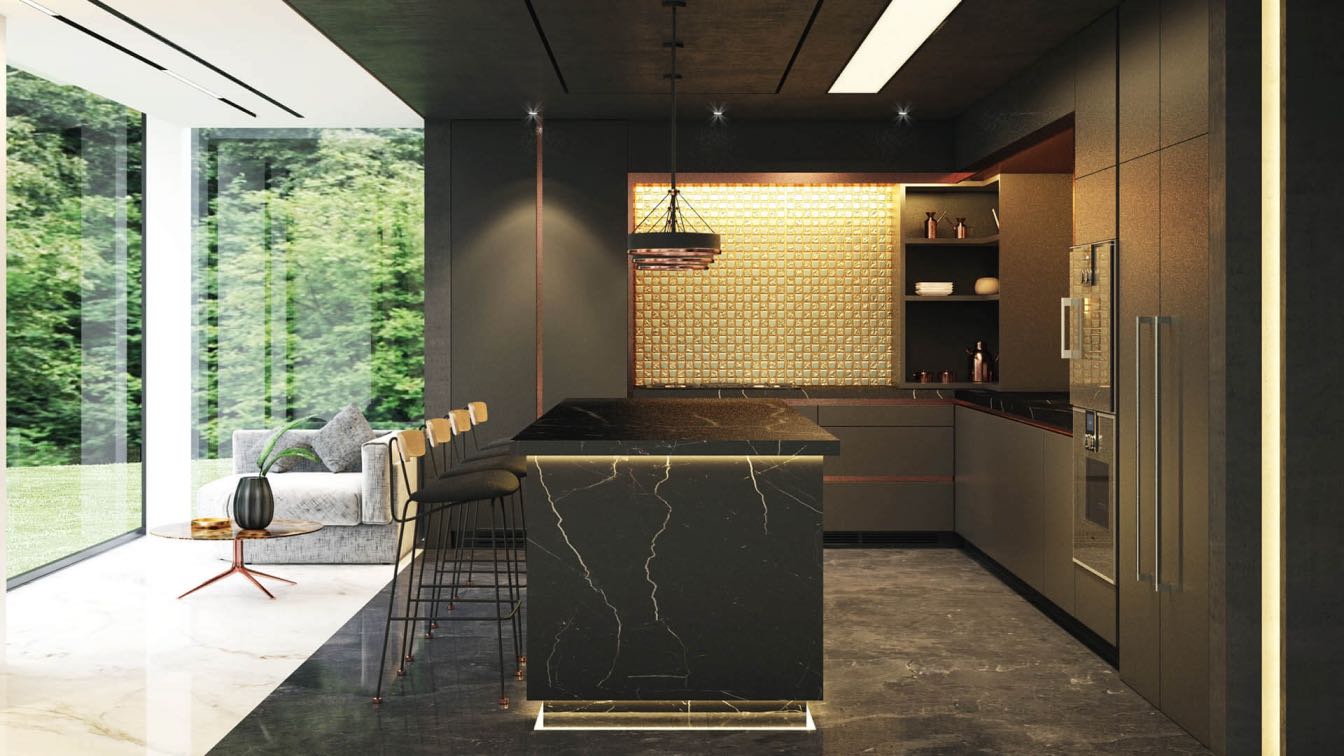It's a little scary when you really start thinking about it, isn't it? Your home. It's not just four walls and a roof; it's the foundation for your life, literally. But more and more, we're realizing that beautiful design and caring for the planet complement each other. People want green building and drop-dead gorgeous interiors, and that's achievable. Let's explore how to create a cohesive home design — a look that flows seamlessly from room to room—all while choosing sustainable foundations. Basically, you're building a house with a conscience, and it can be stunning.
Achieving this balance often begins with selecting the right materials. For instance, the choice of bamboo flooring can greatly contribute to both the aesthetics and sustainability of your home. Bamboo is a rapidly renewable resource, making it an excellent eco-friendly alternative to traditional hardwood. Its natural beauty and durability can seamlessly integrate into any design style, from modern to rustic, while reducing your environmental footprint. A sustainable choice like this makes a positive impact from the ground up!
Sustainable Foundations: More Than Recycled Materials
So, what are we talking about when we say "sustainable foundations"? It’s more than just using recycled materials, though that's part of it. It's about minimizing your home's impact on the environment throughout its entire life cycle. That means sourcing materials responsibly, reducing energy consumption during construction, and ensuring the building is energy efficient once it's finished.
Energy efficiency is key, and so is using renewable materials. Doing as little damage to the earth as possible is crucial too.
There are some awesome eco-friendly foundation materials out there. Recycled concrete is a great option, and bamboo can be used to reinforce structures. Rammed earth is another interesting choice. Of course, you can use sustainably sourced wood, making sure it's FSC-certified. The foundation influences everything that comes after. Get it right, and the rest of your home design can fall into place.
Building an Eco-Friendly Framework
Okay, so you've got your sustainable foundation. Now, what about the rest of the house? The structural materials are important. You want something that will support your home and your commitment to sustainability. Think about sustainable construction practices, things like passive solar design—positioning your house to maximize sunlight in the winter and minimize it in the summer. It really works!
High-performance insulation is another must. It will help to reduce your energy bills and make your home comfortable. Don't overlook eco-efficient framing.
Traditional building options often rely on materials that are resource-intensive and can have a big environmental footprint. Sustainable options are more durable, they often require less maintenance, and they can reduce your home's energy consumption. Using SIPs (structural insulated panels) for walls and roofing can create a super-insulated building envelope, minimizing heat loss and gain.
One of the biggest challenges I faced in my own renovation project was finding a contractor who truly understood sustainable building practices. Many were familiar with the idea but lacked the practical experience, and that led to frustrating delays and unexpected costs. We ended up going with a smaller firm that specialized in green building, even though their initial quote was slightly higher. In the end, their expertise saved us money and ensured the project was done right.
Creating a Unified Interior and Exterior Aesthetic
Alright, let's talk about making the inside and the outside of your home play nicely together. It's about blending sustainable building materials with your architectural and interior design choices to create a cohesive look. Think about natural materials. Reclaimed materials are popular. Reclaimed wood flooring is classic. Natural stone also adds a touch of elegance, and recycled glass countertops? They're surprisingly stunning.
You want continuity between the exterior facade and the interior spaces. If you're using a lot of natural wood on the exterior, consider bringing that wood inside in the form of exposed beams or wood flooring. For example, a modern home with a bamboo exterior could have bamboo flooring throughout the living spaces. That way, you’re creating a visual connection that makes the whole home feel unified.
Imagine a modern farmhouse built with reclaimed wood siding. Inside, you see exposed timber beams, wide-plank hardwood floors, and natural stone accents. Or a sleek, contemporary home featuring a green roof with native plants, coupled with an interior filled with light, airy spaces and eco-friendly materials like bamboo and cork. The options are endless!
Sustainable Color Palettes and Finishes
Okay, so you've got the bones of your sustainable home in place. Now, it's time to add some color! But don't just grab any old paint. You want to use non-toxic, low-VOC paints and finishes. These are better for your indoor air quality, and they're better for the environment, too. Low-VOC paints release fewer harmful chemicals into the air.
Think about the colors you choose. They should complement the natural materials you've used. Earthy tones, like greens, browns, and beiges, work well with wood, stone, and bamboo. You can add pops of color with accessories, but keep the overall palette relatively neutral to create a calming and cohesive space.
For flooring, cabinetry, and furniture coatings, look for eco-friendly options that are also durable and sustainable. There are some water-based finishes that provide excellent protection without releasing harmful chemicals. Look for brands or certifications like GREENGUARD or Cradle to Cradle. These certifications mean that the materials have been tested and meet strict environmental standards.
I learned the hard way about the importance of choosing the right finishes. During a kitchen remodel, I opted for a cheaper, conventional varnish on our cabinets, and within a few months, the fumes were unbearable. We had to completely strip and refinish the cabinets with a low-VOC option, which ended up costing us more time and money. Lesson learned: don't skimp on eco-friendly finishes!
Energy Efficiency and Smart Technology Integration
Now, let's talk about energy efficiency. Energy-efficient features reduce your environmental impact, and they save you money on your energy bills. These days, energy-efficient features don't have to compromise your home's design. There are stylish and energy-efficient lighting options, and smart thermostats can help you control your home's temperature remotely.
Smart home integrations can enhance sustainability without sacrificing aesthetics. Solar panels can be integrated into your roof design, and energy-efficient lighting can be controlled with smart home systems. You can even get smart blinds that automatically adjust to the sun's position, reducing heat gain in the summer and heat loss in the winter. The key is to balance technological convenience with timeless design elements.
Incorporating Nature: Landscaping and Indoor-Outdoor Flow
Don't forget about the landscaping! Your outdoor space should complement your home's design and contribute to its sustainability. Sustainable landscaping techniques, like xeriscaping (using drought-tolerant plants), can reduce your water consumption. Native plant gardens are also a great option, as they require less water and maintenance than traditional lawns.
Think about how you can connect your indoor and outdoor spaces. Sliding glass doors, large windows, and natural light optimization can help to create a sense of flow between the interior and exterior of your home. Outdoor living spaces, like patios and decks, can also enhance sustainability. Rain gardens can capture rainwater and filter it before it enters the storm drain system, and permeable pavement can reduce runoff. Even simple things, like planting trees for shade, can help to reduce your home's energy consumption.
Final Touches: Decor and Furnishings
Alright, you're almost there! Now, it's time to add those final touches that will really make your home shine. But remember, sustainability doesn't stop with the big stuff. You want to choose sustainable furniture, too. Look for upcycled or reclaimed pieces, or choose furniture made from FSC-certified wood. This certification means that the wood has been harvested from responsibly managed forests.
The textiles, lighting, and decor should all align with your sustainability and design principles. Choose organic cotton or linen for your curtains and upholstery, and look for energy-efficient lighting fixtures. When it comes to decor, consider using natural materials like bamboo, wood, and stone.
There are tons of brands and artisans out there who are committed to creating eco-conscious home furnishings. Do your research and find pieces that not only look great, but also align with your values. Thrift stores and antique shops are a treasure trove of unique and sustainable pieces, too, so don't be afraid to get creative!
During my own sustainable furnishing journey, I stumbled upon a local artisan who creates beautiful tables from reclaimed wood. It was more expensive than buying a mass-produced table from a big-box store, but I loved knowing that I was supporting a local business and giving new life to discarded materials. It's now one of my favorite pieces in my home!
Conclusion
Building a cohesive home design on sustainable foundations? It's a smart, responsible way to live, and it’s both practical and aesthetically rewarding to prioritize eco-friendly materials and practices.
So what's next? Start small! Maybe swap out your conventional light bulbs for LEDs, or start composting your food scraps. Every little bit helps. You’ll be on your way to creating a beautiful, sustainable home that you can be proud of, and that also helps take care of the planet. The first step is to just begin.





